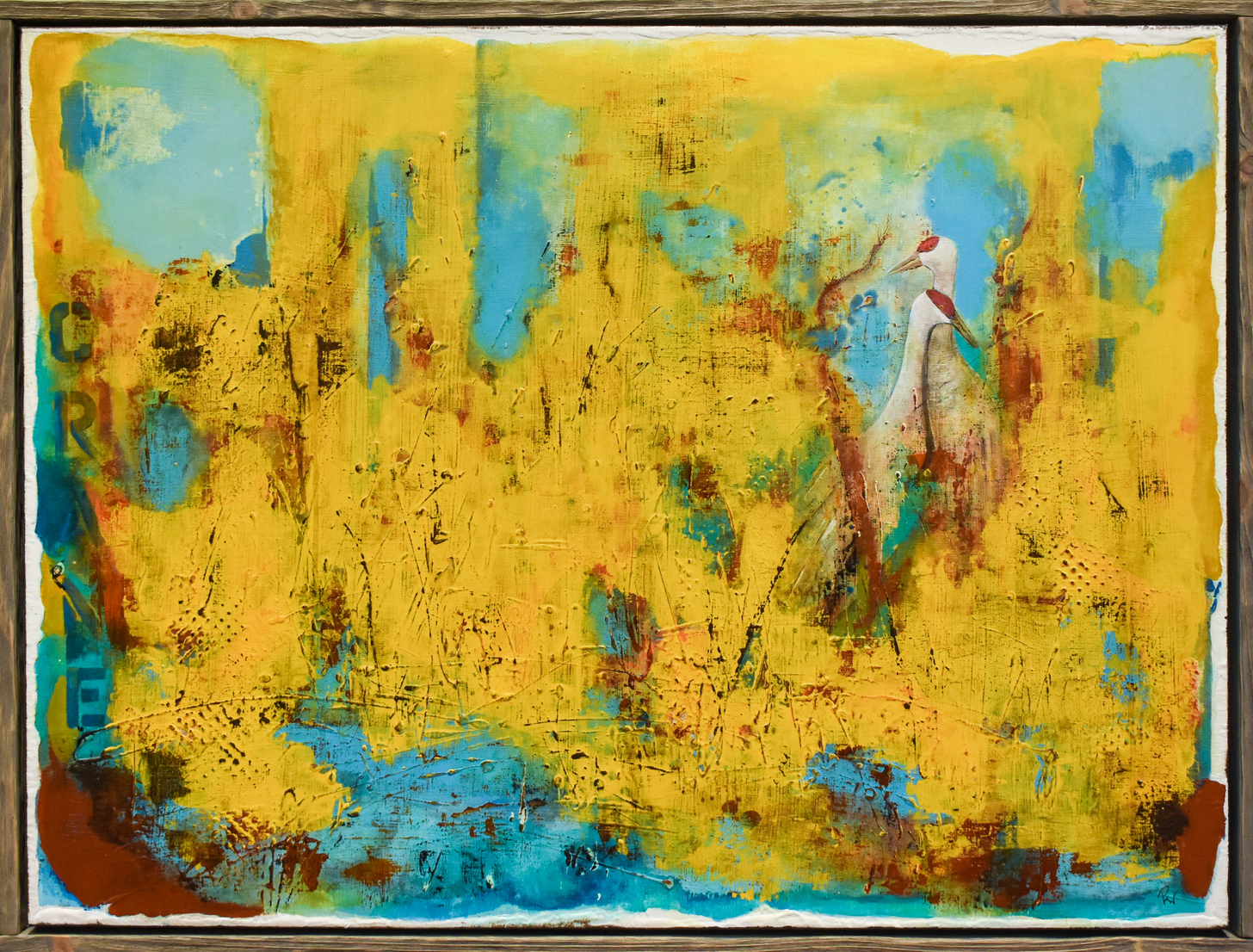”Hidden Duo”
By P.K. WilliamsPart of the exhibit The Crane’s OasisOn exhibit through Jan. 5Open Space Visitor Center6500 Coors Blvd. NWArt Magnified: The Crane In Abstract
“Hidden Duo” By P. K. Williams

Latest Article|September 3, 2020|Free
::Making Grown Men Cry Since 1992

”Hidden Duo”
By P.K. WilliamsPart of the exhibit The Crane’s OasisOn exhibit through Jan. 5Open Space Visitor Center6500 Coors Blvd. NW

